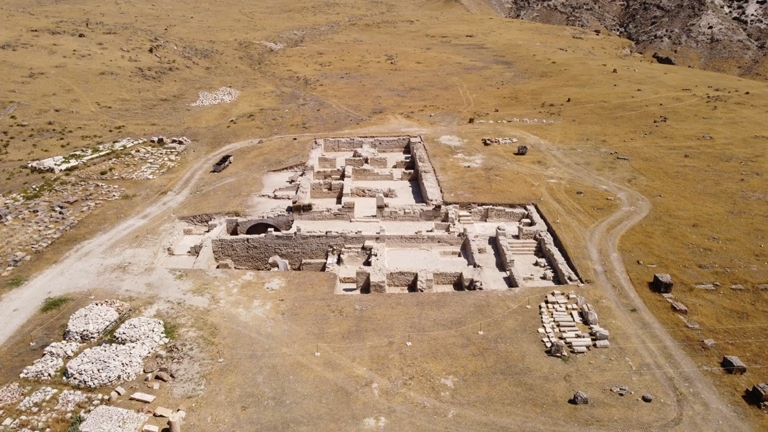In 1886, archaeologists working on the Acropolis of Athens made a discovery that would become a cornerstone for understanding Archaic Greek sculpture. Unearthed near the Erechtheion, in what is now called the “Korai Pit,” the statue of a Kore—a marble figure of a young woman—was found buried alongside other damaged sacred artworks. These objects had likely been interred after the Persian sack of Athens in 480 BCE, a moment that marked both destruction and cultural resilience.
What Is a Kore Statue?
The term “Kore” (Greek: κόρη), meaning “maiden,” refers to a specific genre of sculpture from the Archaic period of ancient Greece (circa 700–480 BCE). These statues typically depict young women standing upright, dressed in intricately detailed garments, often with elaborately braided hair and a faint, enigmatic “Archaic smile.”
Kore statues were more than artistic expressions—they were usually votive offerings placed in temples or sanctuaries, dedicated to deities such as Athena or Artemis. They reflect not only the aesthetics of the era but also its religious values and views on femininity, youth, and divine service.

The 1886 Kore: Artistic and Historical Significance
The statue found in 1886 is a classic example of the Kore type but with unique characteristics. Made from Parian marble, it displays exquisite craftsmanship: delicately carved folds of fabric, lifelike posture, and traces of ancient pigments that hint at its once-colorful surface.
Archaeological analysis suggests this Kore was created shortly before the Persian invasion and was intentionally buried by the Athenians—possibly as an act of reverence or to protect it from desecration. Its preservation offers scholars valuable insights into the pre-Classical artistic techniques, materials, and cultural attitudes of the time.

A Closer Look at the Korai Pit
The “Korai Pit” where this statue was found contains dozens of similar female figures, all buried following the same traumatic historical event. This mass burial not only symbolizes the city’s loss but also its intention to preserve sacred heritage, perhaps in the hope of a cultural and spiritual rebirth.
Where Is It Today?
The 1886 Kore statue is currently housed in the Acropolis Museum in Athens, where it stands as a highlight of the Archaic Gallery. Visitors can admire its remarkable details up close, alongside other Korai and artifacts that survived one of the most turbulent periods in Athenian history.





